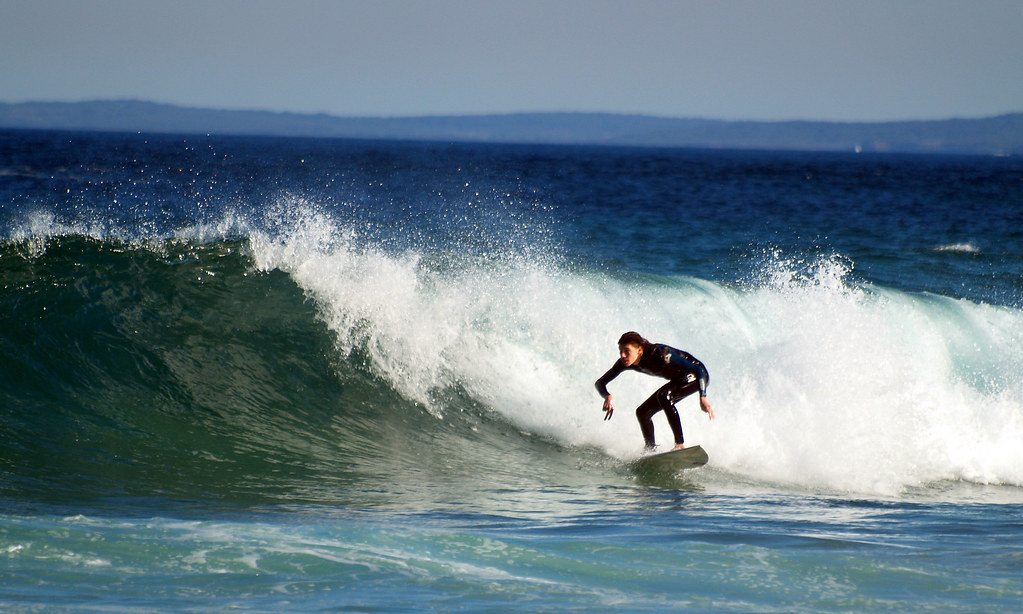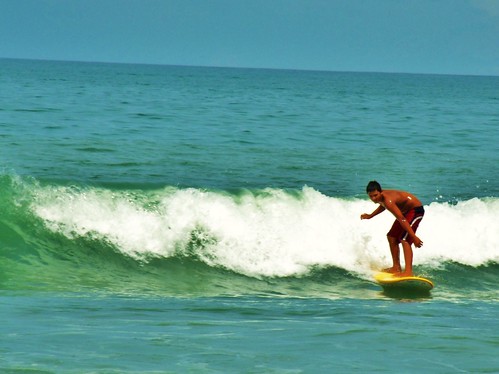Why do surfers stand on water without getting sunk?
When seeing wind-surfing surfers surf the water, do you ever wonder why they stand on skis without sinking?
The reason is right on that small skateboard. You see, when the skater is surfing, he always leans back, his legs outstretched on the skis, making a narrow-angle to the water. When the front canoe pulled the athlete through the rope, he took a pull in the horizontal direction. Simultaneously, the athlete stood on the skateboard and stepped on the board with his strength. He immediately passed the board on the water with a downward force, and the further the pull of a canoe to an athlete, the greater the force the athlete puts on the water surface.

Because water is difficult to compress, based on the principle of force and reaction, the opposite surface will produce an upward jet reaction to the athlete through a skateboard. It is this jet that helps the athlete not to sink. Of course, the horizontal component of this jet becomes resistant to the athlete’s forward direction. The traction of canoes is used to overcome this resistance.
Therefore, skaters only need to rely on techniques to control the angle of skis under their feet to surf quickly on the water.




